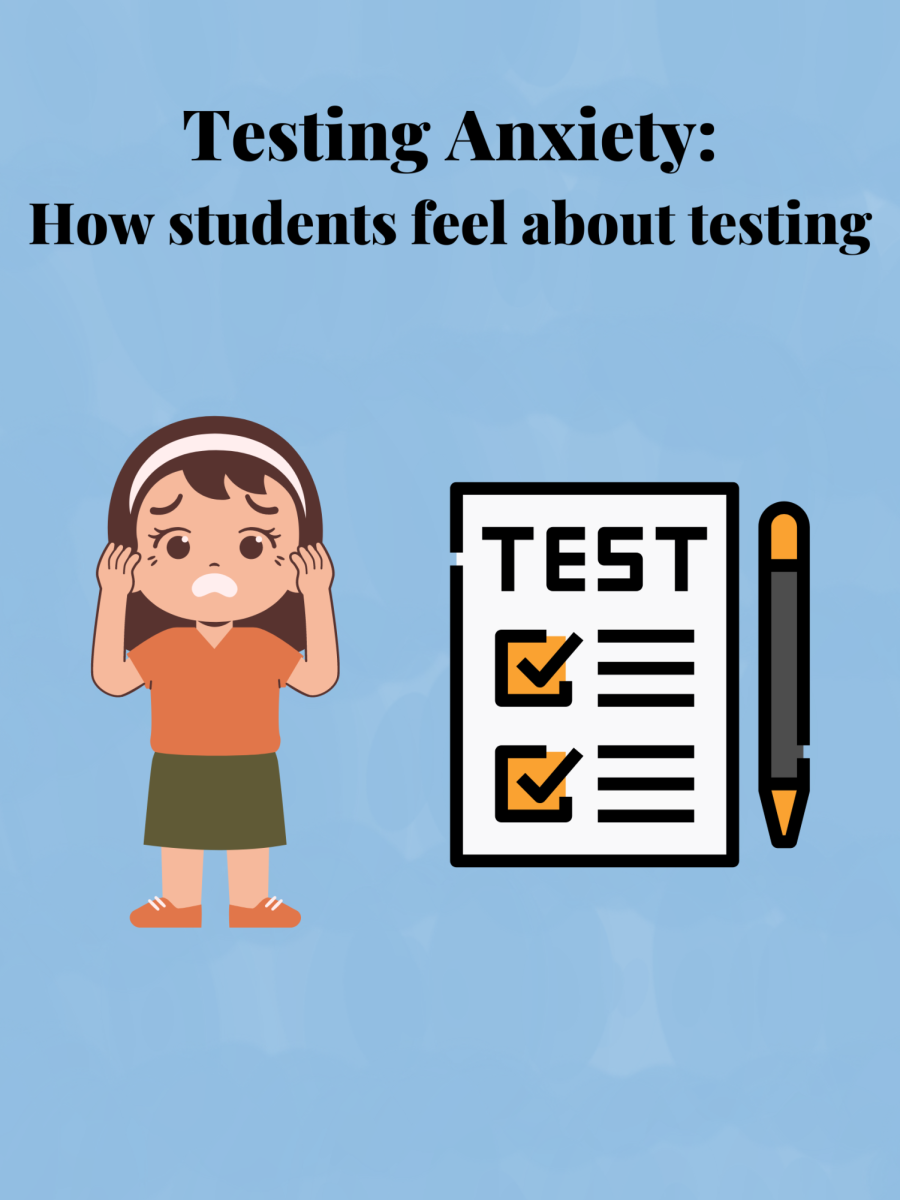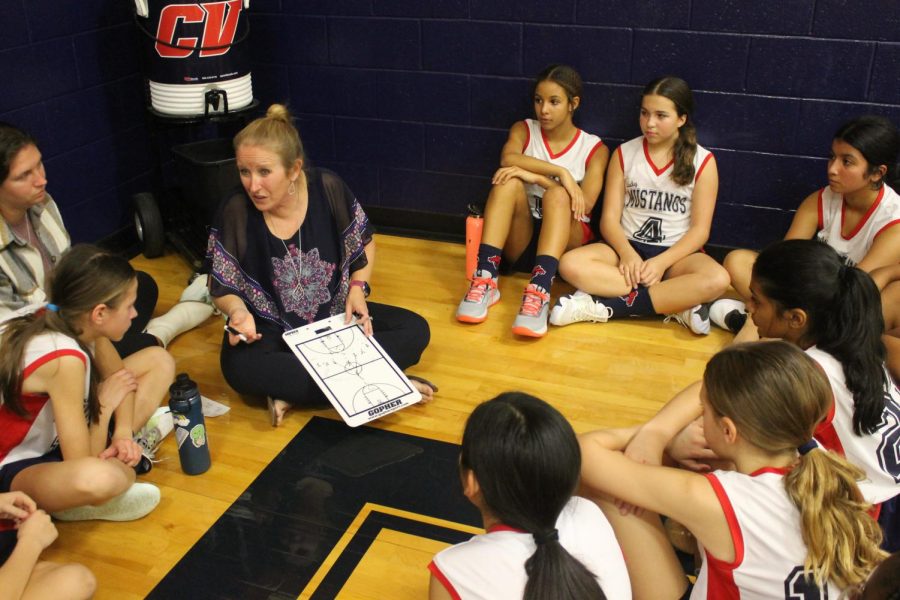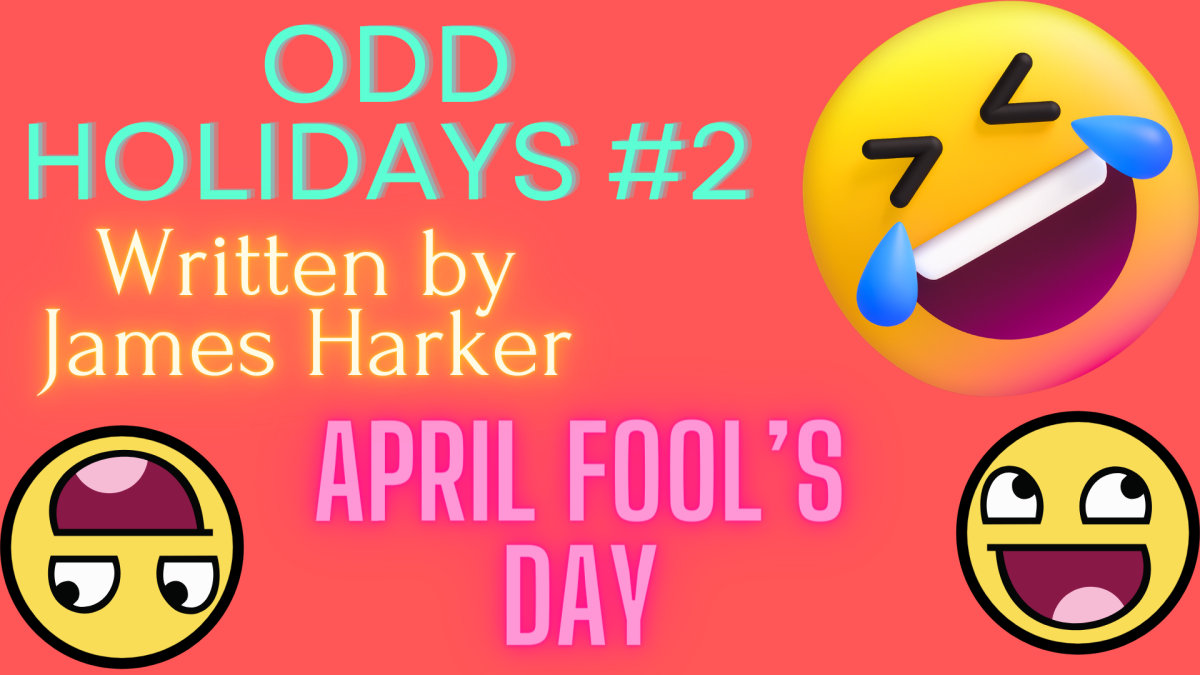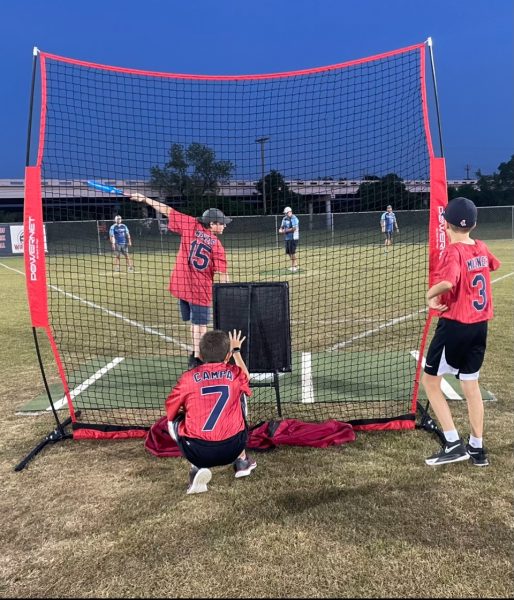So You Want to Watch Anime…
Anime is a genre as famous as it is notorious, as popular as it is hated, and very often judged with little understanding. With all stigmas and assumptions about anime, how can you begin to enter the genre?
So you want to watch anime. This isn’t anything uncommon or even vaguely surprising. It’s a genre with a massive fanbase, spanning from adults nostalgic for the 90’s anime of yore, to teens on TikTok enamored with their favorite characters, and young kids across the world obsessed with Dragon Ball Z. But with so many fans–and with such a huge variety of shows and content–it’s not at all surprising that there can be a negative image surrounding it and its viewers, and it’s difficult to break into a world where there is just so much content. So, without further ado, here’s your foolproof guide for getting into anime.
Genres, Age Groups, and Sub-Genres
First, determine what you’re into. Anime can barely be called a genre—it’s more of a type of show, with dozens of genres within it. In Japan, anime are generally categorized by their target demographics—shoujo anime (literally meaning young girl) are cutesy shows generally focused around a romance or a group of friends. Some are funny, flirty romantic comedies, while others might be better categorized as poignant, emotional stories about love and loss. Popular shoujo anime are Fruits Basket, Toradora, Orange, and Your Lie In April.
Conversely, shonen anime (literally meaning young boy) are usually long-running action-adventure shows with big casts of characters and splashy effects. They generally star a young boy and his friends and peers fighting to be the best. At what? That’s up to the anime. Shonen are usually fast-paced stories sprinkled with physical humor, and are very popular in the fanbase. Such anime would be Naruto, My Hero Academia, One Piece, and Hunter x Hunter.
On the other end of the age group lies seinen anime, a group of anime targeted towards shonen fans who’ve grown up a little. Featuring the same breakneck speed as its predecessor and laced with darker themes and older humor, you can expect twisty plots and engaging art styles from this genre. In general, these shows are rated older than shoujo or shonen, so watch with caution. Popular seinen anime include Tokyo Ghoul, Attack on Titan, and Chobits.
Within these genres lies smaller sub-genres. Some examples would be magical girl shoujo anime, (think Sailor Moon or Cardcaptor Sakura) sports shonen anime, (like Haikyuu or Free!) or thriller seinen anime (like Death Note).
Terms to Know
Across the fanbase, there are quite a few terms that will make it easier to navigate around various shows and forums. The names of age groups (shonen, shoujo, seinen) are all vastly is important, as are ‘dub’ and ‘sub’ (more on these later). Additionally, ‘OP’ stands for opening theme, and ‘EN’ for ending theme. In anime, these are generally changed for each new season of the show. Western media terms like ‘slice of life’ (a show or book that showcases the regular lives of its characters) are common as well.
Where and How to Watch
The bulk of all anime can be found across four platforms—Hulu, Netflix, Crunchyroll, and Funimation. These are all paid subscriptions, but with only a Netflix account, you can still watch a vast majority of anime. Popular anime like Food Wars, Demon Slayer, The Promised Neverland, and the Disastrous Life of Saiki K. are all on Netflix. Big names like these are generally available with both the original Japanese audio with English subtitles (sub) and a dubbed, English audio (dub). For ongoing shows or recent seasons, you will most likely only be able to find the original audio. Keep in mind that for lower-budget shows, the dub’s quality will decrease as well.
Above all, do not be intimidated by the sheer size of this genre and its fanbase. Though it may seem overwhelming, at the end of the day, it’s nothing more than a type of show. So, don’t get too caught up in the fanbase or what’s popular if it’s not right for you. Just enjoy the show, and happy viewing!

Sabrina Kim loves to write, draw, knit, and act, among many other things. She's got a stack of books a mile high and not enough time in the day to read...






























